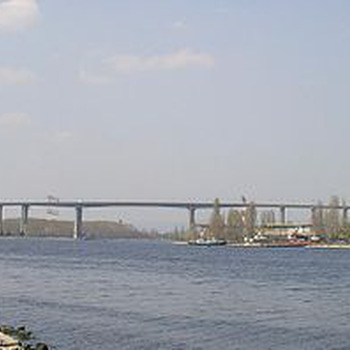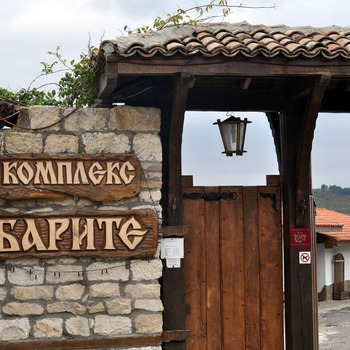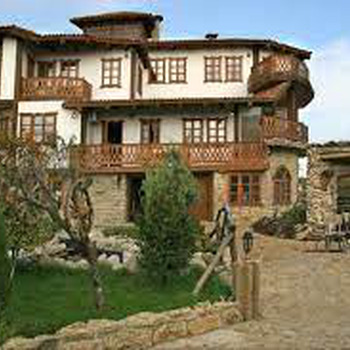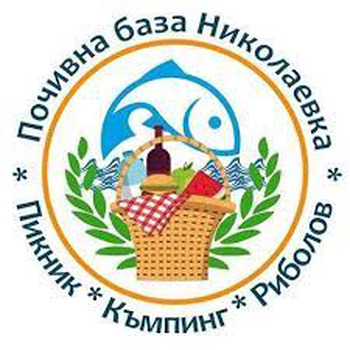Sea Garden
Overview
The Sea Garden or Seaside Park is a large park on the Black Sea coast in Varna, Bulgaria. It is one of the symbols of the city. It has been declared a work of park art. To the north, the Sea Garden borders the park of the state-government residence Euxinograd. [1] These 2 parks have a relatively equal area of about 820 decares. The difference between them is that the Sea Garden is visited by about half a million people, and the Euxinograd Park is for use only by the presidency and the government and is much better maintained. Until the middle of the 19th century, the area of the Sea Garden was a bare field, outside the fortress outlines of the city, with several kavakas, under which the cattle of the neighborhood dined. Only in the area of the Naval Museum (then Eni Kule Tabia) there are vineyards and a small garden called the Bloody Garden (Kanla Bahcha) because of a gardener killed in the area. The slaughterhouses of the city were nearby. Beneath the Pantheon was a French cemetery, where French soldiers who died of cholera in 1854 were buried next to the old city cemetery. Garbage from the city was dumped on the beach. In the spring of 1862, Hafez Eyub, chairman of the local trade council, with the support of the mullahim (mayor) of the town of Khalil Effendi and the Turkish commandant of the town of Said Pasha, ordered a bush fence of ten acres for the municipal garden (Belidie Bahcha ). It was a vegetable garden in the area of the current entrance-colonnade, and was later expanded by another 4 acres, where cherry trees and new fruit trees, lindens and chestnuts were planted. Shortly after the Liberation, in 1881, the mayor of Varna, Mikhail Koloni, proposed the creation of a city garden around the theater and a seaside park. His idea was received with ridicule and distrust by the local parliament, which allocated a small amount for the initiative. However, the persistence of the mayor and part of his entourage are gradually being crowned with success. There are 26 decares of park and 130 trees planted. The famous archaeologist Karel Škorpil, who lives in Varna, invites at the insistence of the municipality the Czech park builder Anton Novak, famous for the construction of the Schönbrunn and Belvedere palaces in Vienna. The architect took to heart the task assigned to him and the place was quickly cleaned, mapped and the first rare plants were planted. In the highest part of the Revival alley during socialism a party monument called the Pantheon was built and an alley of the perished anti-fascists was created. The tradition of planting conifers by Russian astronauts who visited Varna is unique. Even today near the Pantheon grows a tree planted by the first Bulgarian cosmonaut Georgi Ivanov. The first tree was planted by the first astronaut Yuri Gagarin. In 1906 the construction of one of the most famous landmarks of the city began - the Aquarium (Marine Biological Station), today the Institute of Fish Resources at the SAA. In 1928 there was already a tennis court and a playground in the Sea Garden. In the 1950s, the Navy Museum found its modern home in the Sea Garden. Today, with the name Naval Museum, it is among the Hundred National Tourist Sites. On April 30, 1961, a zoo was opened. Its first inhabitant was the bear Maxim, donated by the sailors from the destroyer squadron "Georgi Dimitrov". The Natural History Museum of Varna is housed in a reconstructed army building. In 1968 the astronomical observatory was built. At the entrance of the Sea Garden after the colonnade is a sundial, stylized depicting a flying swan.
Recommended
- Aladzha monastery;
- Golden Sands Nature Park;
- Petrich Fortress,
- Ovech Fortress;


 Bulgarian
Bulgarian Romanian
Romanian




